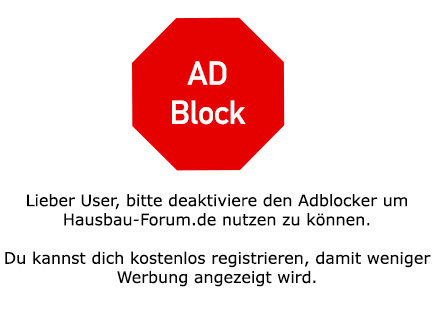Hello questioner. If I can see correctly in the photo, the screed was applied along the entire length of the wall with a setting strip against the wall. There was apparently a wall opening at one spot. Here the setting strip was "flapping" without any backing pressure in the air; through the screed mortar, the setting strip was pushed into the "wall niche" by smoothing and compacting, so that after hardening it now forms a curve projecting into the wall opening. The mistake was that the wall opening should have been protected with a longer hardboard strip so that the screed mortar could not be pressed into the niche. The fact that the wall plaster was also applied too high at this point worsens the whole situation somewhat in that this opening, or let’s call it "joint", would have to be covered in height by the later baseboard. PU foam must not be used in this case at all! The foam would develop uncontrollably in the wall opening, meaning it would fill the dead space somewhere there.
Solution: The screed layer should correct the edge line of the screed, meaning: shorten the belly-shaped extension with a shadow joint saw. If then the setting strip is put back "properly", so that it reaches up to the upper insulation layer, the visible joint/wall opening in the horizontal can be closed with wall plaster. Before that, it is essential to ensure there are no mortar lumps left in the edge joint. Otherwise, sound bridges are inevitable. Everything else is not proper and professional. Your wish for regulation-compliant execution in detail is not "nitpicking", it is therefore not pedantry, but justified! The screed layer cannot excuse himself, because he should have set this spot properly (shift-proof and pressure-resistant) before the screed mortar was installed. ----------------------------------- Regards: KlaRa

